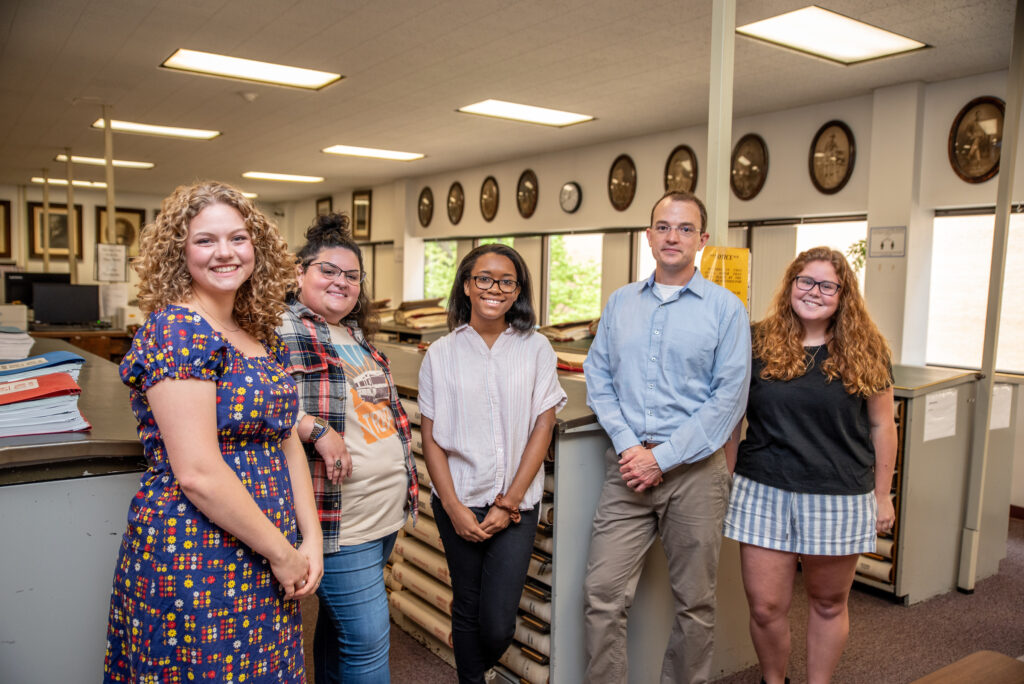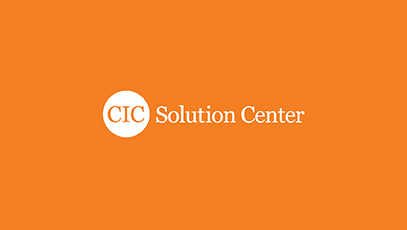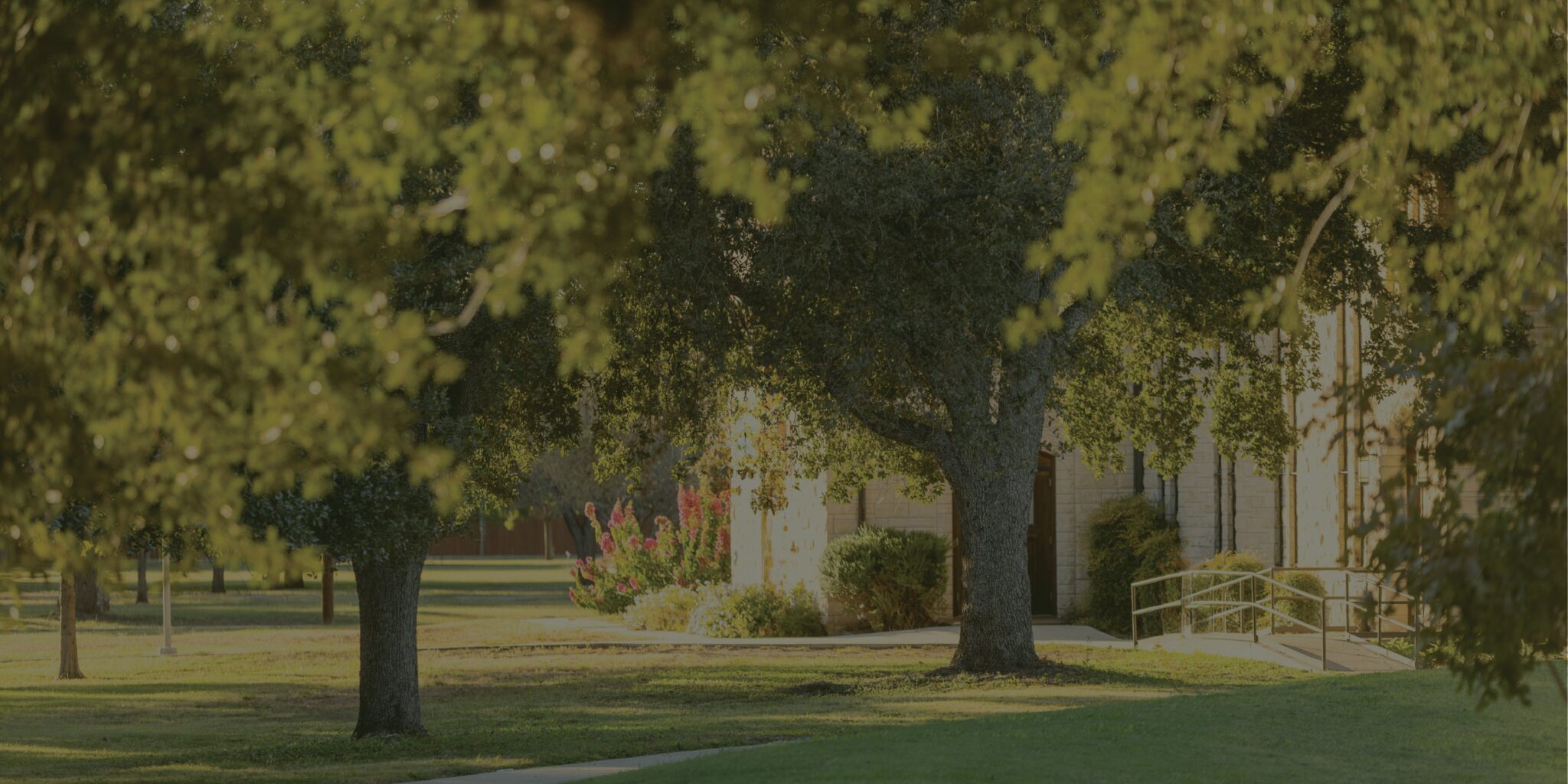Campus Spotlight: Roanoke College
Reframing an Institutional Identity through Undergraduate Research
Written by Daniel Meyers, NetVUE Online Network Coordinator

What are the myths about your campus? What are the stories told about those whom it serves, how it was founded, and the origins of its mission? How does the physical landscape of the campus “tell” those stories? These questions were of growing interest to leaders at Roanoke College; with the support of a NetVUE Grant for Reframing the Institutional Saga, faculty members and students have been working to answer them. At the heart of this project is an even larger question: how do the current stewards of an institution rewrite these stories in a more just and equitable way? Our colleagues at Roanoke College have arrived at an answer: telling the truth, and doing so through the persuasive voice of undergraduate research.
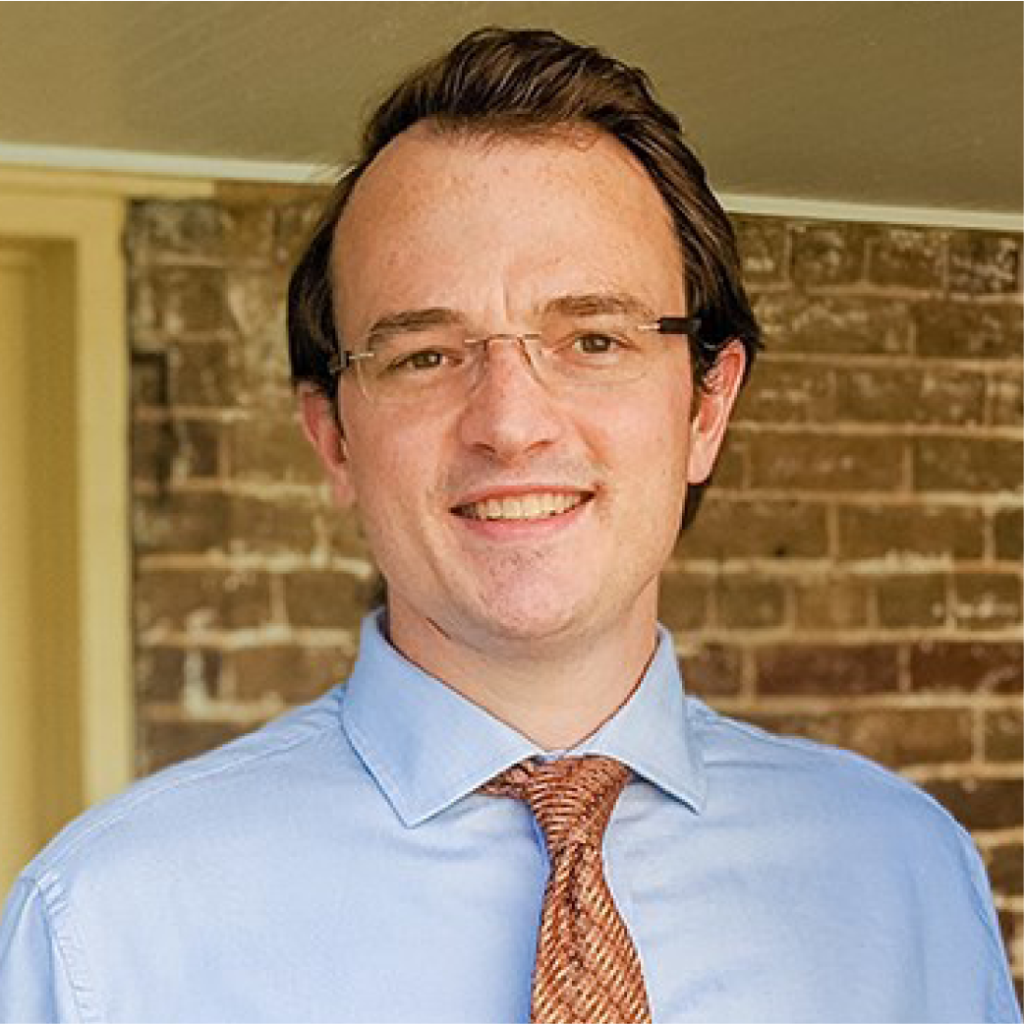
Jesse Bucher serves as associate professor of history at Roanoke; he is also the college’s historian and director of its Center for Studying Structures of Race. A few years ago, he was working with undergraduate students to document, more fully and accurately, the history of the institution’s connections to slavery. With the support of a NetVUE grant, Bucher sought to expand this project and extended an open call to students, selecting 18 undergraduate students—six of whom were funded by the NetVUE grant—to conduct research and widen the project’s scope. He started by asking his students, “How would you like this story to be told?” They asked for nothing short of constructing a new institutional identity. By examining nineteenth-century ledgers and court records, Bucher and his students surfaced the names of over 4,500 enslaved people in the area, including more than 800 enslaved people with a connection to Roanoke. “All we are doing,” said Bucher, “is a thorough truth-telling project.” The project yielded three powerful outcomes.
First, the group built a Genealogy of Slavery database, which has a searchable index. The stories they uncovered are now ready to be explored, analyzed, appreciated, lamented, and studied further. Second, this work led to the development of a walking tour, mapping stories in the database onto the landscape of the campus. Third, as Bucher explained, “after so much data entry, we wanted to get our hands back into the story. We wanted to take the time with the clay and the brick and writing biographies.” This desire for something tangible prompted Bucher and his team to “think about the earth, from the ground up, and connect the work of hands, the brick work enslaved people were doing, and how to alter the visual landscape of campus.” Working with Richmond-based artist Sandy Williams IV, they designed a memorial and made bricks with the names of enslaved people carved on them. This memorial retells Roanoke College’s story using 1,000 stacked bronze books with the names of enslaved individuals on the spines. The team also developed a lecture series focusing on the memorial. When asked how this work helps meet the goal of creating a new institutional identity, Bucher acknowledged that new narratives take time. “It is still emerging,” he said, even as “students want comprehensive change in a truncated time period.” For now, there is a new “reference point” for Roanoke’s history right at the center—an artifact “made of bronze and concrete that will be there a century from now.”
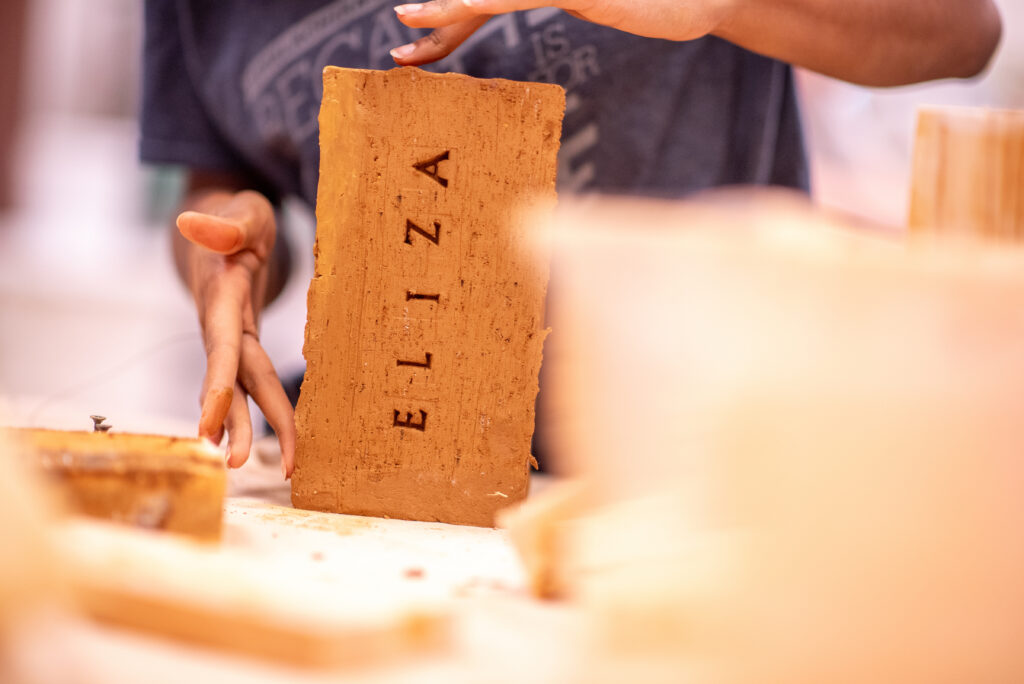
As impressive as the data and visual outcomes are, Bucher and his colleagues are most proud of the process. The subject matter of this research was intense, so the research team intentionally facilitated space for organic conversations to unfold to process the stories they unearthed. As a result, the students were also able to reflect on how the research aligned with their own vocational commitments to justice and to surfacing untold stories. The process also bound the institution to its liberal arts mission and the pursuit of truth. While difficult to confront, the reframed saga of Roanoke College is being rewritten, in part, by current students who are doing exactly what a liberal arts education should train them to do. By exercising critical and curious thinking, the students uncovered realities of the past that can better inform the pursuit of justice in the future.
What are the stories that need rewriting at your institution? Rewriting campus narratives can be challenging and controversial. But if Roanoke College’s example has anything to offer beyond its very specific exploration of place, it is this very important insight: when students participate in rewriting an institutional story—and when that rewriting is anchored in the pursuit of truth—then the new story will be an outstanding example of living out a liberal arts education to improve this world.
